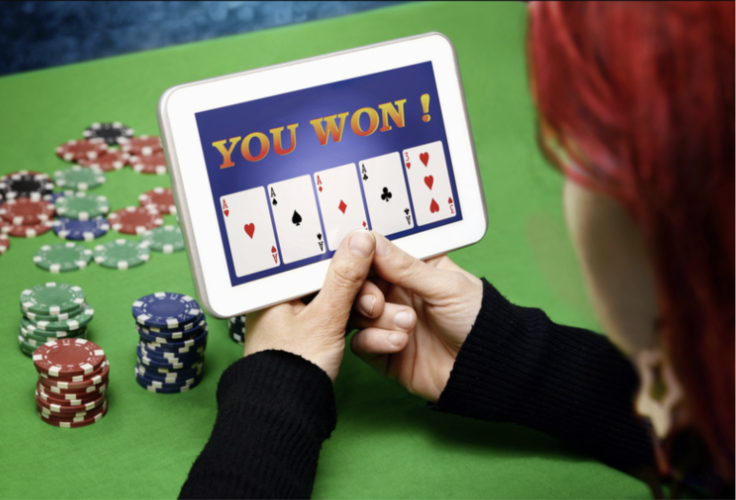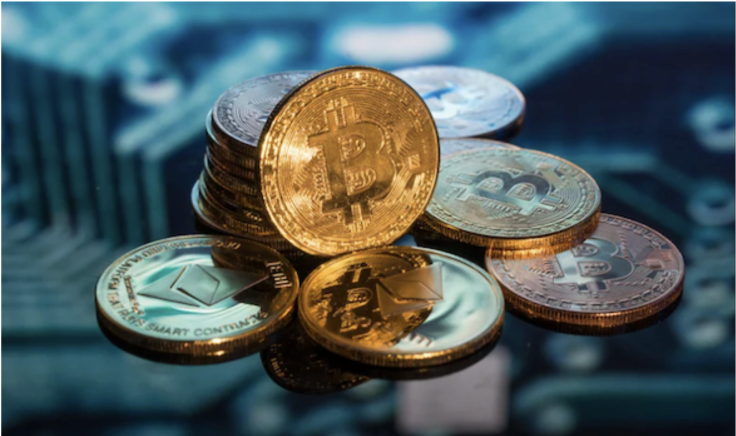Three Exciting Innovations in the Gaming World
Few industries can boast the growth and startling innovation that the gaming world has been able to maintain over the last decade and a half. However, you can stretch back the timeline that details the immense potential of the gaming sector over the past 50 years. Starting with the phenomenal global success of arcade gaming in the 1970s and 1980s, it soon became evident there would be a significant market for gaming for providers who could break into the industry.
The now multibillion-dollar arm of the entertainment industry has been able to keep moving forward at a phenomenal rate due to the innovations brought by these providers. With many more on the horizon, we will look at those likely to play the most crucial role over the next decade.
#1- Artificial Intelligence (AI)

According to many industry experts, AI will have enacted changes of the same magnitude as the Internet within the next 20 years. Many analysts and technology experts believe AI is the number one innovation of the century thus far, causing excitement and concern in equal measure.
AI is already assisting designers in assessing and analyzing data to streamline their services in gaming. As investment avalanches into nine-figure territory, expect AI to permeate hundreds of crucial industries, including several significant entertainment sectors such as the gaming world.
The quality of an online casino hinges on using all of the latest technological advances available, and AI is a significant part of that. Artificial Intelligence in casino gaming can deconstruct how people place their bets, analyze the available information, and allow casino game designers to create games tuned to how people gamble. By enabling this innovation to permeate the casino gaming sector, the end product is a better experience for you as a bettor.
In a decade from now, every casino and sports betting company will likely be using AI in some capacity, and we're at the start of an exciting road. At the moment, it is an intriguing innovation, and many are eager to see how it develops throughout the rest of this decade.
#2 - P2E gaming

Play-to-earn (P2E) cryptocurrency games have unlocked the door to a potential billion-dollar sector. Although P2E gaming is in its very early stages, many blockchain and gaming experts believe this sector could become one of the most exciting gaming innovations of the decade. P2E games are built on the blockchain, and players can earn NFTs, which operate like digital art, and digital assets, such as cryptocurrency, which they can then hold or sell for cash.
The blockchain is highly secure, and providing an avenue where gamers can earn cryptocurrency simply by playing a game is a significant development in the gaming world. While many modifications are still needed to bring these types of games to a mass audience and enable more people to play them, early indicators suggest a positive outlook for many designers within the sector. If large central banks move closer to adopting cryptocurrency, a golden age could be on the horizon for P2E gaming.
Although this is an exciting innovation, the critical thing to remember is that there needs to be a shift in how many people understand cryptocurrency and how they invest in the asset. The rhetoric around the sector is currently harmful, and many retail investors have taken their money out. There needs to be a return to a high Bitcoin (BTC) price for P2E gaming to realize its full potential. However, many cryptocurrency traders, analysts, and experts believe another bull run will occur.
#3 - Virtual reality (VR)

If we take AI out of the equation, VR is another tremendous innovation making serious waves at all levels of the gaming world. You could argue that VR has the most considerable scope to change gaming, given that there has been such sizeable investment and that some of the world's largest tech companies, such as Meta and Apple, are in direct competition.
Many companies have explored releasing games aimed solely at those who own a VR headset. The main barrier at the moment revolves around the cost of these headsets, and until the price drops considerably, this innovation might hit a glass ceiling. However, it could be similar to the rise of the smartphone, which was extremely expensive upon first release. It went through many different re-designs and mass production cycles before the price became more reasonable for those with an average income.
© Copyright IBTimes 2025. All rights reserved.





















